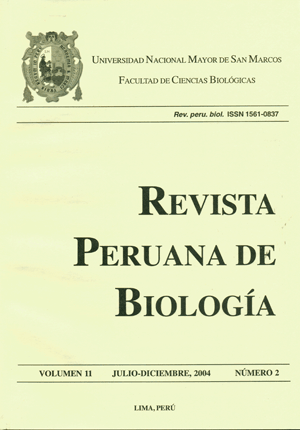The european hare, Lepus europaeus (Mammalia, Leporidae), invasive species in south Peru
DOI:
https://doi.org/10.15381/rpb.v11i2.2458Keywords:
Hare, Lepus europaeus, invasive species, introduced species, southern PeruAbstract
The European hare was introduced into Argentina and Chile between the late 19th and early 20th centuries, and since then has progressed throughout South America. In 1983 the hare reached southern Brazil, the Tarija department in southern Bolivia, and the Copiapo River area in Chile. In 2002 and 2004 we see some wild hares in the departments of Tacna and Arequipa, up to an altitude of 4300 m. According to interviews with inhabitants of these areas, the hare reached Peru between 1995 and 1998, which would represent an minimal dispersal speed of 44,34 km per year from Tarija. The interviewed subjects explained that the hare served no use but created problems by consuming vegetation. The present notice is a warning against the arrival of the European hare in Peru and the possible consequences of its presence.Downloads
Downloads
Published
Issue
Section
License
Copyright (c) 2004 Daniel Cossíos

This work is licensed under a Creative Commons Attribution-NonCommercial-ShareAlike 4.0 International License.
AUTHORS RETAIN THEIR RIGHTS:
a. Authors retain their trade mark rights and patent, and also on any process or procedure described in the article.
b. Authors retain their right to share, copy, distribute, perform and publicly communicate their article (eg, to place their article in an institutional repository or publish it in a book), with an acknowledgment of its initial publication in the Revista Peruana de Biologia.
c. Authors retain theirs right to make a subsequent publication of their work, to use the article or any part thereof (eg a compilation of his papers, lecture notes, thesis, or a book), always indicating its initial publication in the Revista Peruana de Biologia (the originator of the work, journal, volume, number and date).






